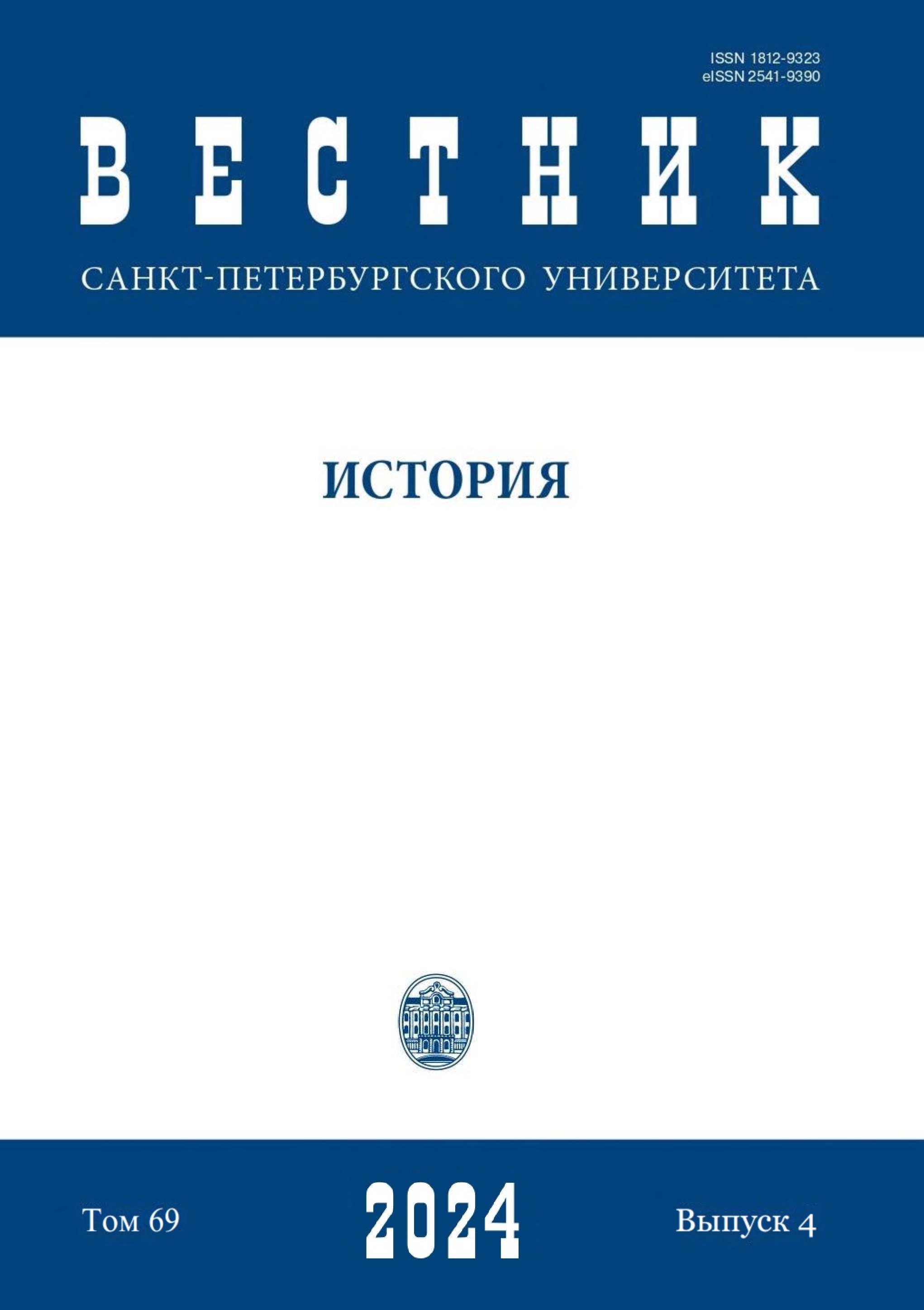On the Issue of Historical Reassessment in Finland of the Significance of Urho Kekkonen’s Ostpolitik
DOI:
https://doi.org/10.21638/spbu02.2024.407Abstract
In Finnish foreign policy at the beginning of the 21st century, a radical turn occurred in the development of Russian-Finnish relations. The country abandoned its policy of neutrality and quickly entered a military-political bloc directed against Russia. At the same time, the very trends of departure from the previous political line in Finland have been forming for quite a long time. They manifested themselves in the desire to discredit the previous foreign policy line of the Finnish leadership, which pursued a policy of good neighborliness with the USSR. First of all, this concerned a negative assessment of the activities of the country’s president, U. K. Kekkonen. A negative attitude towards the ≪Kekkonen Line≫ began to actively develop since the 1990s. These trends began to actively develop in certain works of Finnish historians (H. Rautkallio, J. Nevakivi, T. Vihavainen). At the same time, in Finland, a corresponding negative image of the neighboring state were purposefully created as constantly aggressive towards Finland. Finland’s participation in the wars against the USSR was clearly seen as a ≪feat≫ of the Finnish people, who not only fought against the Soviet Union, but also ≪won≫. Thus, at the beginning of the 21st century, the words of U. K. Kekkonen were ≪forgotten ≫ that ≪it is not in the interests of Finland to be an ally of any great power as an outpost near the Soviet border≫ and ideological prerequisites were created for a change in the foreign policy course of its countries.
Keywords:
history of Finland, Finnish historiography, U. K. Kekkonen, “Kekkonen Line”, Soviet-Finnish relations
Downloads
References
Downloads
Published
How to Cite
Issue
Section
License
Articles of "Vestnik of Saint Petersburg University. History" are open access distributed under the terms of the License Agreement with Saint Petersburg State University, which permits to the authors unrestricted distribution and self-archiving free of charge.





